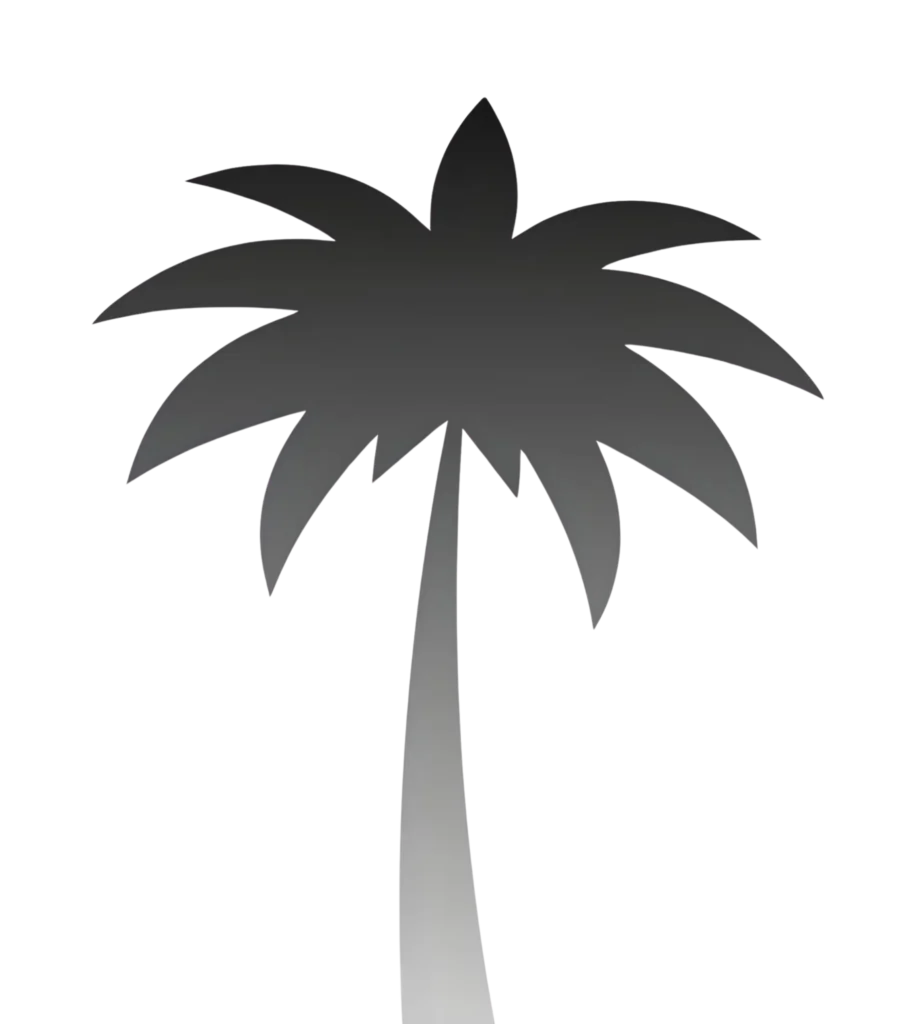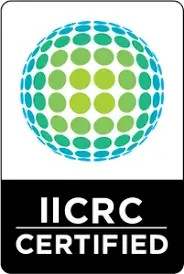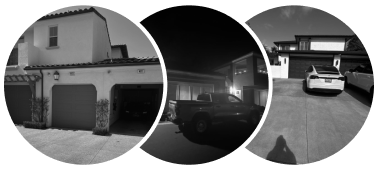
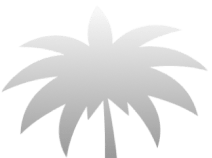
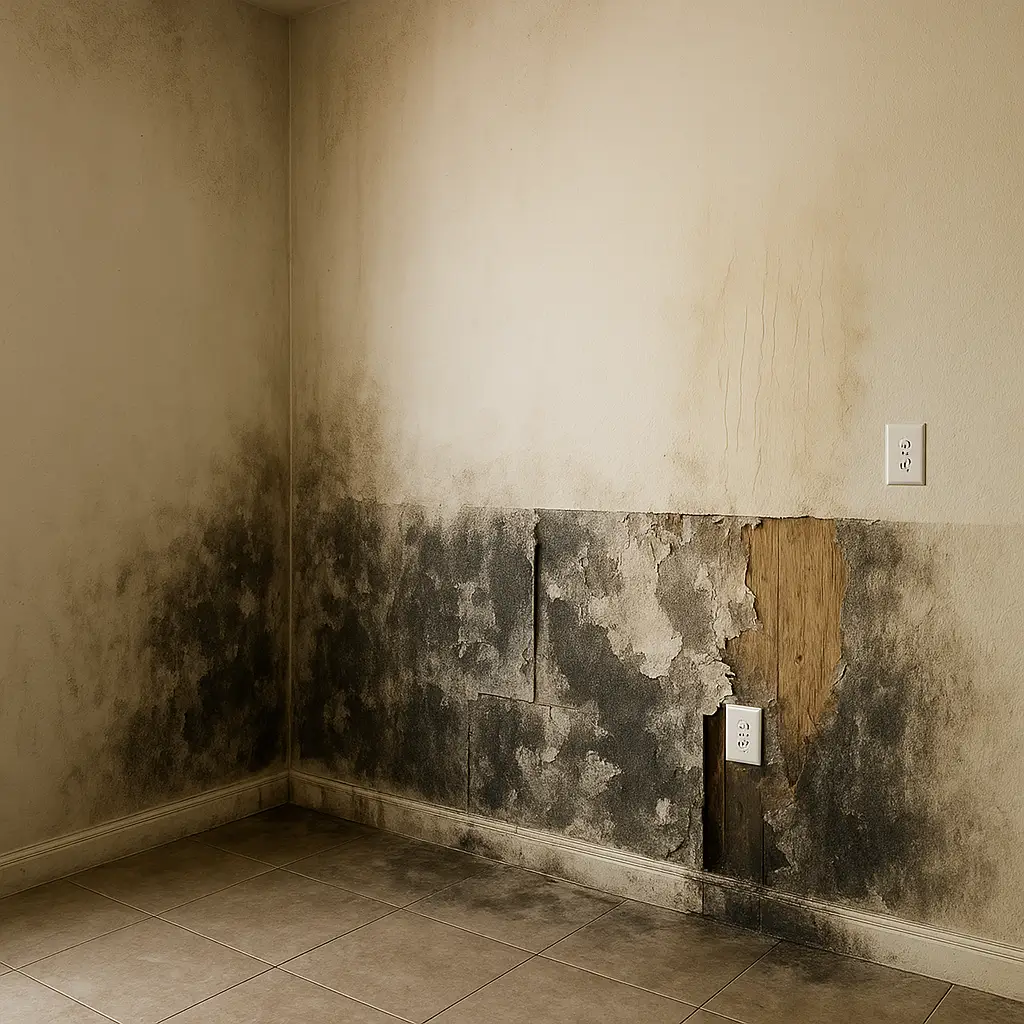
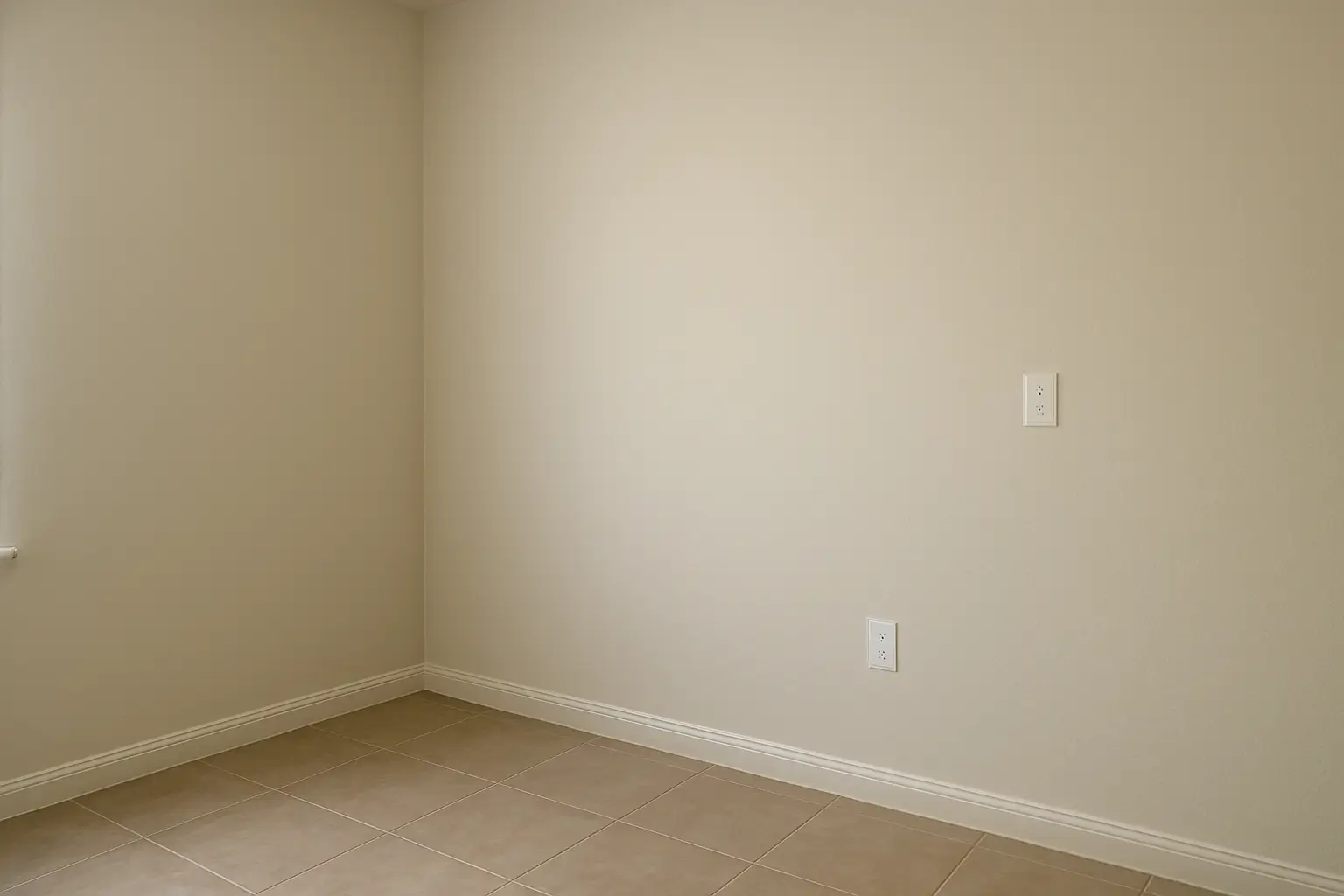






Mold is a silent invader, creeping into homes and businesses, compromising structural integrity, and posing serious health risks. At Tradewinds Restoration, we specialize in mold remediation, offering comprehensive solutions to eliminate mold, repair affected areas, and prevent future outbreaks. Our certified technicians adhere to IICRC S520 standards, ensuring thorough and safe restoration processes. Whether you’ve discovered mold in a damp basement corner or require a full property inspection, our team is ready to help you reclaim your space and your peace of mind.
Mold remediation is more than just removing visible mold. It’s a multi-step process designed to locate, contain, and eradicate mold growth while addressing the underlying causes that allow it to thrive. Unlike basic mold removal, remediation ensures that your property’s air quality is restored, spores are contained, and the risk of future outbreaks is minimized.
Mold weakens walls, ceilings, floors, and even wooden furniture, compromising the safety of your property.
Mold releases allergens, irritants, and mycotoxins that can cause respiratory problems, allergic reactions, and worsen asthma or other pre-existing conditions.
Mold infestations can deter potential buyers or tenants, significantly reducing your property’s market value and appeal.
Prolonged mold exposure can cause chronic respiratory issues, skin irritation, and other health problems, particularly for children, the elderly, and individuals with compromised immune systems.
By addressing the underlying moisture issues that fuel mold growth, remediation protects your property from further damage.
Mold spores compromise indoor air quality, leading to musty odors and respiratory discomfort. Remediation ensures a fresh, clean, and safe environment.
Remediation tackles the source of the problem, whether it’s a hidden leak, poor ventilation, or high humidity, providing a long-term solution.
If mold keeps coming back after cleaning, it’s likely because the root cause hasn’t been addressed.
Musty odors, warped floors, or bubbling paint can be signs of mold hiding behind walls or under flooring.
If you or your family experience unexplained respiratory issues, allergies, or headaches that improve when you leave the property, mold could be the culprit.
If the affected area is larger than 10 square feet, professional remediation is recommended to prevent the spread of spores.
At Tradewinds Restoration, we provide expert mold removal and prevention with cutting-edge technology and certified technicians. We focus on long-term solutions to keep your space safe and mold-free.
At Tradewinds Restoration, we make the restoration process simple and transparent. Here’s what you can expect when you choose us:

Our first step involves a meticulous inspection of your property using advanced tools like moisture meters and infrared cameras. These technologies help us detect mold in hidden areas, identify moisture sources, and create a detailed action plan to tackle the issue comprehensively.

To protect unaffected areas of your property, we seal off contaminated zones with plastic sheeting and establish negative air pressure using HEPA filtration systems. This prevents airborne mold spores from spreading, ensuring the safety of your home or business during the remediation process.

Our experts use industry-approved methods to remove mold safely and effectively: Non-porous surfaces are cleaned with antimicrobial agents to kill mold spores. Porous materials like drywall that cannot be salvaged are carefully removed and replaced. This ensures thorough removal and minimizes the risk of recontamination.

Once the mold is removed, we sanitize the affected areas with EPA-registered disinfectants to kill any remaining microorganisms. HEPA vacuums and air scrubbers are then deployed to purify the air and remove airborne spores, ensuring your property is safe and clean.

Moisture is mold’s best friend. Using industrial-grade dehumidifiers and advanced drying techniques, we eliminate residual dampness, preventing conditions that promote mold growth.

After the remediation process, our team repairs any damage caused by mold removal, including replacing drywall, repainting walls, and restoring structural integrity. We aim to leave your property in better condition than we found it.
If you notice any of these signs, contact Tradewinds Restoration immediately for a free inspection.
Mold removal refers to the process of cleaning and physically removing visible mold from affected surfaces. This may involve scrubbing walls, floors, and other areas with antimicrobial solutions or using basic cleaning methods to eliminate surface-level mold. While this approach may temporarily improve the appearance of the affected area, it does not address the underlying issues causing mold growth.
Mold remediation is a comprehensive, multi-step process designed not only to remove visible mold but also to identify and address the conditions that caused the mold to grow in the first place. It focuses on long-term solutions to safeguard your property and protect your health.
Mold remediation ensures that the root causes of mold growth—such as leaks, poor ventilation, or high humidity—are identified and resolved. By addressing these factors, you reduce the risk of future mold infestations, protecting your property and your peace of mind.
Mold spores can circulate in the air, triggering allergies and respiratory issues. While mold removal only eliminates visible mold, remediation includes air purification and the use of HEPA filters to remove airborne spores, ensuring healthier air for you and your family or employees.
Mold remediation is a holistic approach. It begins with a thorough inspection, includes the removal of mold and affected materials, and ends with restoring the property to its original condition. This ensures not only the elimination of mold but also the prevention of future issues.
Mold is often found in areas that are not immediately visible, such as behind walls, under flooring, or in HVAC systems. Remediation includes advanced tools like infrared cameras and moisture meters to detect mold in these hidden areas, ensuring nothing is overlooked.
Mold exposure can cause a range of health problems, from allergies and asthma attacks to more severe respiratory issues. By improving air quality and removing harmful spores, remediation promotes a safer and healthier living or working environment.
While mold removal might seem like a quicker, cheaper option, it often results in recurring issues that require repeated treatment. Mold remediation provides a long-term solution, saving you money and hassle in the long run.”
Not all water damage is the same. Understanding the type of water damage affecting your property is crucial for determining the appropriate restoration approach.
This type of water damage originates from sanitary sources, such as broken supply lines or overflowing sinks. While initially safe, clean water can quickly degrade into more hazardous categories if not addressed promptly.
Grey water contains contaminants that may pose moderate health risks. Common sources include appliance overflows, like washing machines or dishwashers.
Highly contaminated water, often from sewage backups or flooding, poses significant health risks. Professional intervention is critical to safely restore areas affected by black water.
